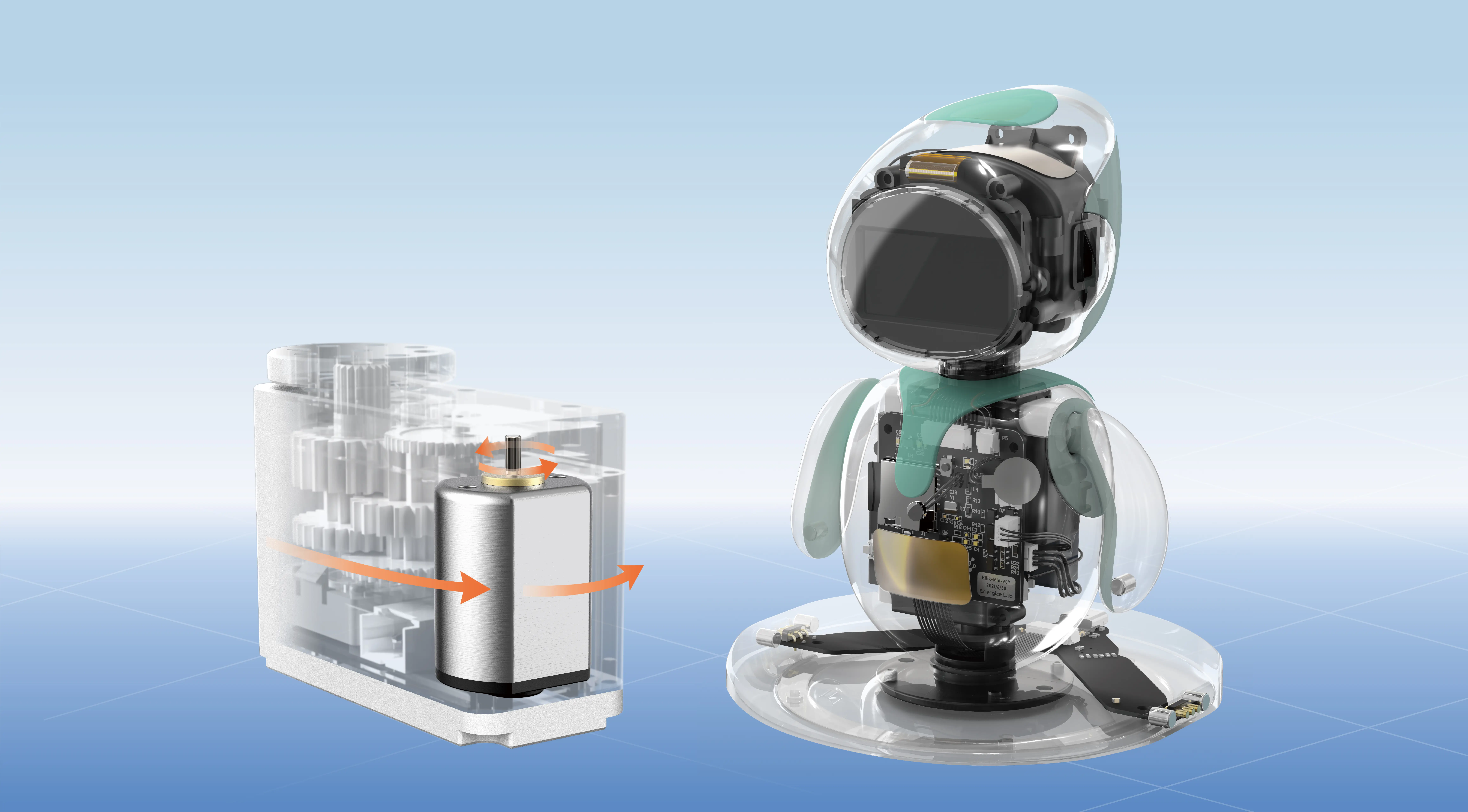In the rapidly evolving landscape of modern technology, the quest for precision, efficiency, and reliability drives engineers and innovators to constantly refine and develop advanced motor systems. Among the various types of electric motors, the DC servo motor stands out as a compact yet powerful component capable of delivering exceptional performance across a multitude of applications. Its unique ability to provide accurate control of angular or linear position, velocity, and acceleration makes it an indispensable element in fields where precision is paramount.

At the heart of the servo motor's appeal lies its sophisticated control mechanism. Unlike simple DC motors that run at a set speed or torque, a DC servo motor is integrated with a feedback system—usually encoders or resolvers—that continuously monitor the shaft’s position. This real-time data is fed into a control system, which adjusts the voltage and current supplied to the motor to achieve and maintain the desired output with remarkable accuracy. This closed-loop control process ensures that the motor responds swiftly to commands and compensates for any external disturbances, making it ideal for applications requiring meticulous control.
One of the most widespread uses of DC servo motors is in robotics. Robots, whether industrial arms in manufacturing plants or autonomous vehicles navigating complex environments, rely heavily on precise movement and positioning. DC servo motors are used to control robotic joints, end-effectors, and even the intricate movements of robotic fingers. Their fine control over position and speed allows robots to perform tasks like assembly, welding, painting, and delicate operations with high repeatability—a necessity in sectors demanding high-quality outputs.
The automation industry also benefits immensely from the application of DC servo motors. Automated production lines depend on these motors to synchronize movements, position components with precision, and maintain consistent throughput. For example, in conveyor systems, DC servo motors control the acceleration, deceleration, and precise stopping of conveyor belts, ensuring medicines, electronics, or packaged goods are handled delicately and accurately positioned for subsequent processing.
In aerospace and defense, where reliability and precision are non-negotiable, DC servo motors find significant roles. They are used in aircraft systems for controlling landing gear, flaps, and other movable surfaces, ensuring smooth and accurate movements during critical phases of flight. Similarly, in missile guidance systems and satellite positioning, these motors provide the rapid, precise adjustments required for optimal performance.
Medical equipment is another vital sector leveraging the strengths of DC servo motors. From MRI machines to surgical robotics, high precision and responsiveness are critical. For instance, in robotic surgical systems, even millimeter-level accuracy can make the difference between success and complications. DC servo motors provide that level of control, making minimally invasive surgeries safer and more effective.
Beyond high-tech industries, DC servo motors are also integral to everyday appliances and consumer electronics. Camera autofocus mechanisms, electric bicycles, and even camera gimbals depend on the fine control capabilities of these motors to deliver smooth, accurate movements, enhancing user experience and product performance.
The versatility of DC servo motors extends further into the entertainment and hobbyist domains. Advanced camera stabilization rigs, drone flight control systems, and remote-controlled vehicles all utilize these motors to achieve stability and precision in motion. Their quick response and adaptability make them suitable for both professional-level applications and enthusiast projects.
Despite their sophisticated features, DC servo motors are also valued for their relative simplicity and cost-effectiveness. With advancements in electronics, control algorithms, and feedback sensors, these motors have become more accessible and easier to implement across various sectors. Their modular design allows engineers to customize and optimize solutions tailored to specific needs, whether it’s high speed, high torque, or ultra-fine control.
In summary, the applications of DC servo motors are as diverse as they are essential, driving innovation in sectors that demand accuracy, reliability, and responsiveness. From the precise movements of robotic arms in modern factories to the critical adjustments in aerospace and medical systems, these miniature motors silently underpin the high-tech world we live in. As technology advances, their role is poised to expand further—empowering smarter, safer, and more efficient systems across the globe.
If you'd like, I can continue with the second part focusing on specific case studies, future trends, or technological innovations related to DC servo motor applications.
Leveraging innovations in modular drive technology, Kpower integrates high-performance motors, precision reducers, and multi-protocol control systems to provide efficient and customized smart drive system solutions.




































